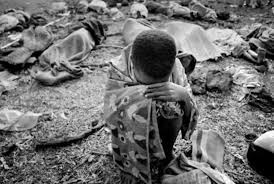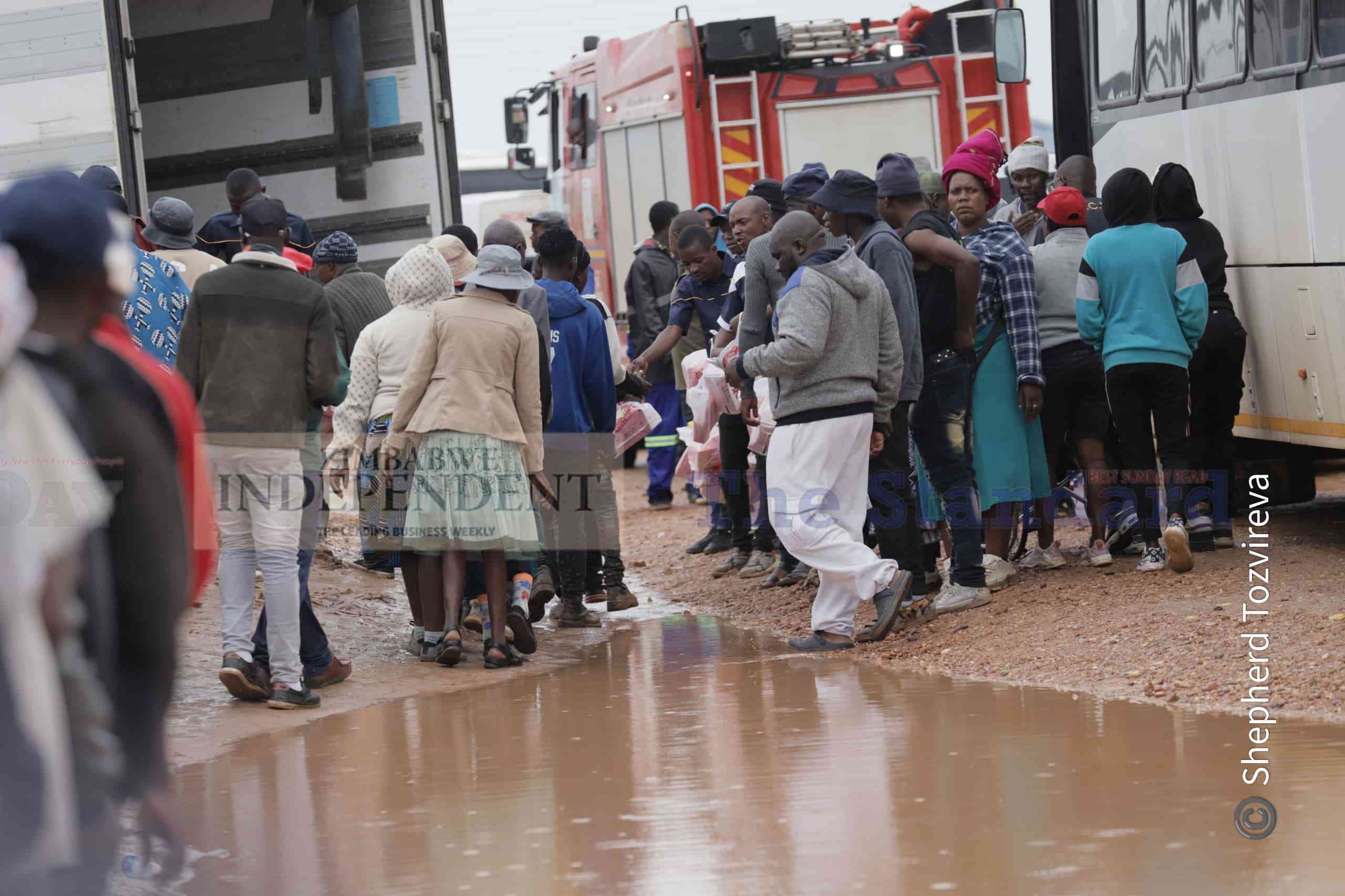
In 2023, Zimbabwe ran HIV intervention programmes under the theme Let Communities Lead and it was clear that yes, with communities leading the way, it is possible to end Aids by 2030.
The people mostly affected by HIV have been at the forefront of bridging the gap between essential health services and underserved groups, including people living with HIV and key populations.
Communities also play a critical role in challenging harmful laws, policies and social norms that block access to HIV services.
As such, the National Aids Council (NAC) in partnership with the Health and Child Care ministry and development partners has been implementing a cocktail of intervention programmes being driven by communities.
A lot of attention and resources have been channelled towards HIV prevention as well as sexual and reproductive health rights among adolescent girls and young women, sex workers, sexual and gender minorities and people who use drugs.
Key populations face a plethora of challenges, including stigma and discrimination, access to sexual and reproductive services as well as lower levels of knowledge of HIV risks.
For the adolescent girl and young women, they have lesser power to mitigate HIV risks — that are different from their male counterparts.
Community-led intervention programmes have been at the forefront of our programming this past year, with success.
- Another ETF lists on ZSE
- Econet to use Buddie Beatz app to grow local music
- Edutainment mix: The artist in the child policy formulation context
- An unsung HIV/Aids hero spreads message of hope
Keep Reading
As a country, we have made significant strides towards the UNAids 95-95-95 targets, which aim to achieve a 95% reduction in new infections, 95% access to ART and 95% viral suppression by 2030.
However, Nac in partnership with civil society and the Health and Child Care ministry is employing targeted approaches in the response to HIV, particularly towards those that are at considerably increased risk of HIV infection.
HIV incidence is highest in female ages 15 to 29, where the incidence is six times higher than their male counterparts.
Nearly 98 000 adolescent girls aged 10-19 were infected with HIV in 2022, or 1 900 new infections every week according to data released by the United Nations ahead of last year’s World Aids Day.
In sub-Sahara Africa, HIV prevalence among adolescent girls and young women aged 10-24 years is persistently over three times higher than among their male counterparts.
It is on such a background that Nac has been facilitating the Sista2Sista and Dreams programmes across the countries, which are targeted at adolescent girls and young women.
Both programmes aim to reduce HIV prevalence among vulnerable group of the ages between 15 and 24.
The Sista2Sista, which is being implemented by Nac and its various partners, equips girls and young women with knowledge about their sexual and reproductive health.
The Dreams [Determined, Resilient, Empowered, Aids-free, Mentored and Safe] is also aimed at reducing the rate of HIV among adolescent girls and young women.
Girls are also grouped into clubs where they are taught on self-awareness, financial acumen and family issues by people from their communities.
While the goals of the Sista2Sista and DREAMS are similar, the latter also supports educational needs in school and exam fees, uniforms and materials, tutorial and basic literacy, especially for secondary education.
The other mentorship programme is the Brotha2Brotha, which targets boys aged between 10 and 24 years, who are usually left out on sexual and reproductive health rights programmes.
Just like the Sista2Sista, the Brotha2Brotha offers sexual and reproductive health rights information through sport-centred intervention within the communities.
Traditional, community and religious leaders are also part of these programmes.
The Behaviour Change and Community Motivator (BCCM) programme is also among HIV intervention strategies meant to encourage individuals and communities to change their HIV-related behaviour that are being implemented in Zimbabwe.
Behavioural interventions for HIV prevention are applied to promote change in sexual behaviour, and to increase HIV service utilisation and adherence to HIV services and behaviours.
To achieve this, the interventions commonly address knowledge, attitudes, risk perception, norms, HIV service demand and skills.
A group of men would gather a rendezvous where they share ideas on HIV and Aids under the tutelage of a mentor who is picked from the community. Familiarity between the mentor and mentees makes the sharing of information and asking of questions an easy process.
As Nac, we realised that community-based interventions help prevent dysfunction and promote well-being among the target population.
By working together, these groups can address the complex social and environmental factors that contribute to the HIV response in their community.
For instance, having a BCCM programme in a community where gender-based violence is prevalent helps raise awareness and makes men talk about it and proffer their own solutions.
Another successful community-led programme is Sasa [Start, Awareness, Support, Action], which is meant to address the links between violence against women and HIV and Aids,
Sasa in local lingo means “speak out” and literally means the programme is about breaking the silence about gender-based violence.
The programme entails selecting and supporting community members to actively discuss and engage on issues of gender inequality, violence and HIV.
Traditional, religious and community leaders are roped in these discussions, which are purely led by communities.
The Community Adolescent Treatment Supporters and the Community Art Refill Groups, which are intended to ensure adherence and optimise treatment outcomes, are also community-led programmes that have been successful.
Nac is also implementing peer-led approaches involving sex workers, artisanal miners and tertiary students. The thrust of this model is to address the HIV and Aids as well as sexual reproductive health needs for these vulnerable groups by giving them opportunities to learn from their peers.
Community-led monitoring, an evidence-informed mechanism that supports HIV programme managers and service providers to identify and address local challenges in accessibility and quality of HIV prevention and treatment has also been a game changer in HIV programming.
Community-led organisations of people living with HIV, networks of key populations and other community entities analytically monitor and report on how services, programmes and policies are implemented and experienced at the level of communities and recipients of care. This information is then used to improve service provision.
Evidence has shown that community-led programmes, if implemented can help efficiency and effectiveness in HIV prevention and treatment.
Nac is implementing community led intervention programmes across the country to ensure coverage and impact.
NAC will continue to work closely with various partners and community-based organisations towards ending Aids by 2030.
The 2024/2025 World Aids Campaign theme Take The Rights Path; My Health. My Rights. Our Responsibility will inform HIV programming for the coming year.
*Bernard Madzima is the CEO of the National Aids Council










